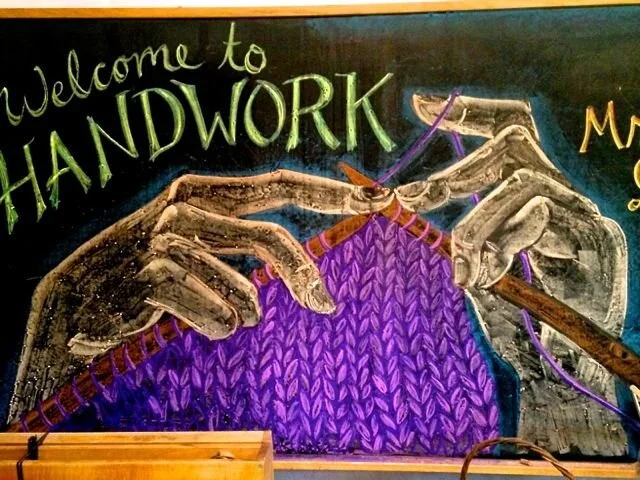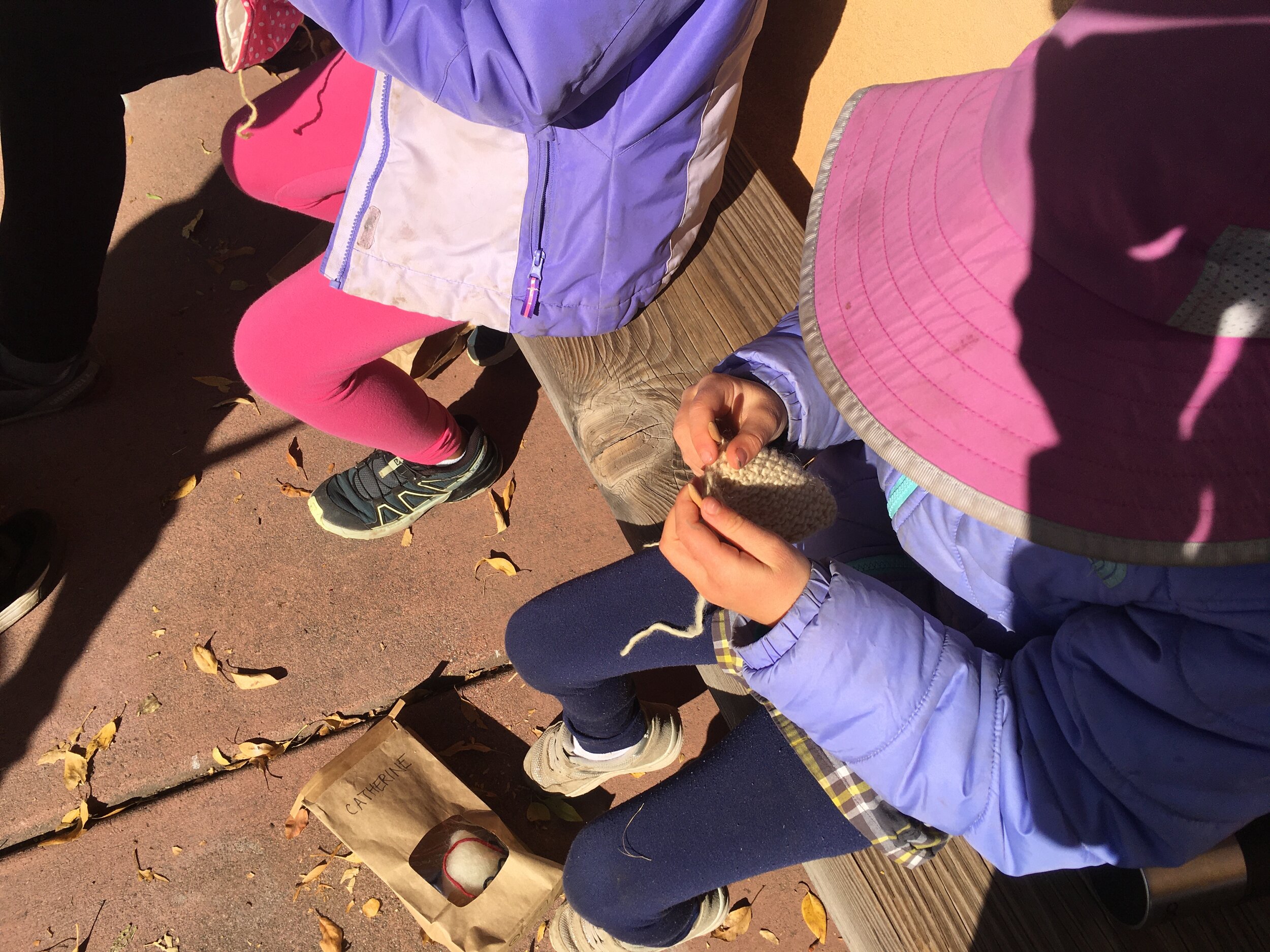The Benefits of Learning to Knit
Why do our students learn to knit? A question we hear frequently.
If you watch a 1st Grade class learn to knit, you’ll witness an incredible scope of engagement, dedication and focus at play. The act of using the individual human will to create a work of art draws on the deepest layers of learning, which is why knitting serves as a foundational medium in Waldorf Education. The structure, repetition and detailed oriented nature of the activity lends itself well to strengthening hand-eye coordination, building habits and focus, not to mention leveraging math and counting skills as students learn to manage, change and adjust their stitches and patterns in pursuit of their goals.
Rudolf Steiner said, “Children who learn while they are young to make practical things by hand in an artistic way and for the benefit of others as well as themselves, will not be strangers to life or to other people when they are older. They will be able to form their lives and their relationships in a social and artistic way, so that their lives are thereby enriched.”
The look of accomplishment, joy and pride on the face of a 1st grader who has successfully completed their knitted chicken gives the best window into the many benefits of learning to knit. Not only are students nurtured and stimulated by a new skill, they are given a sense of confidence in their own two hands that carries a lasting impact.
Knitting progresses through the grades. From triangle chickens in the 1st grade to hats and later socks in the middle school, our students tackle a range of projects that continually challenges their skills, determination and focus.
The benefits of learning to knit are not limited to children. In fact, much has been written about the mental and physical benefits of learning to knit including reduced anxiety and a decrease in chronic pain supported by the rhythmic, unique movements of knitting.
We encourage families to explore this activity together! If you have a student at our school, you may be surprised by their eager willingness to teach you how to cast on, to knit, pearl and cast off your first project.
If you need some extra support, please explore this introductory tutorial we found below. There are a number of different poems and tricks our teachers use in helping our students learn to knit and the one in this video is just one of the many potential examples!


